Counting Down to the Launch of Mega-Campaign MOSAiC
Published: 2 June 2019
Editor’s note: Anjeli Doty of the Los Alamos National Laboratory ARM team sent in this update.
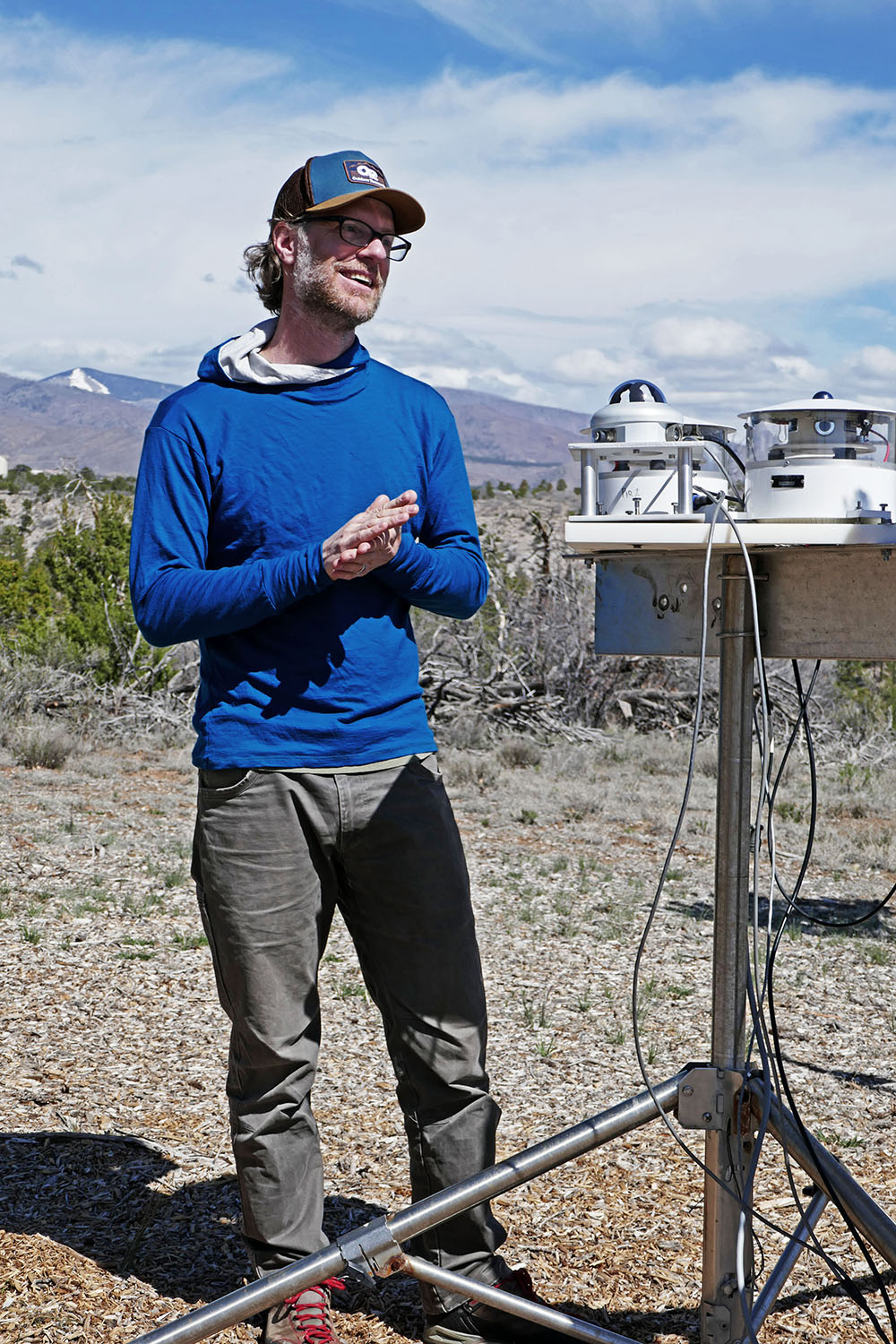
With only a few months before the launch of the Multidisciplinary Drifting Observatory for the Study of Arctic Climate (MOSAiC), the largest research expedition ever undertaken in the central Arctic, teams from around the world collaborate to finish the final stages of preparation. Commencing in September 2019, MOSAiC will feature an intensive, icebreaker-based observatory that will freeze in and drift with arctic sea ice for a full annual cycle, taking atmospheric, sea-ice, oceanic, and biospheric measurements. The resulting comprehensive data sets will significantly support the arctic research community in predicting and simulating coupled arctic processes and energy flows in earth system models.
The most complex expedition of its kind, MOSAiC is expected to amass a vast crew of 600 scientists, technicians, and project managers from 17 nations. Participating research organizations include the Atmospheric Radiation Measurement (ARM) user facility, which will supply and manage a comprehensive and customized instrument suite to profile the atmosphere and its interactions with the sea-ice surface.
ARM, a U.S. Department of Energy scientific user facility, will deploy its second mobile facility to MOSAiC’s central observatory, along with advanced instrumentation that will obtain physical and chemical properties of aerosols (tiny particles in the air). These measurements are critical for understanding cloud formation.
Standing at the helm of MOSAiC’s atmospheric science component is Matthew Shupe, the campaign’s co-coordinating scientist and an ARM collaborator for 15 years. He is a senior research scientist with the Cooperative Institute for Research in Environmental Sciences at the University of Colorado, Boulder, which is affiliated with the National Oceanic and Atmospheric Administration’s Earth System Research Laboratory. Shupe recently visited Los Alamos National Laboratory (LANL) in New Mexico, where ARM instrumentation and infrastructure undergo beta testing and staging before field campaign deployments. Instruments will begin shipping out for MOSAiC in early June.
The MOSAiC expedition is scheduled to launch September 20 from Tromsø, Norway. The German icebreaker Polarstern will drift through the central Arctic from the northern Laptev Sea, a marginal sea of the Arctic Ocean off the northern coast of Siberia.
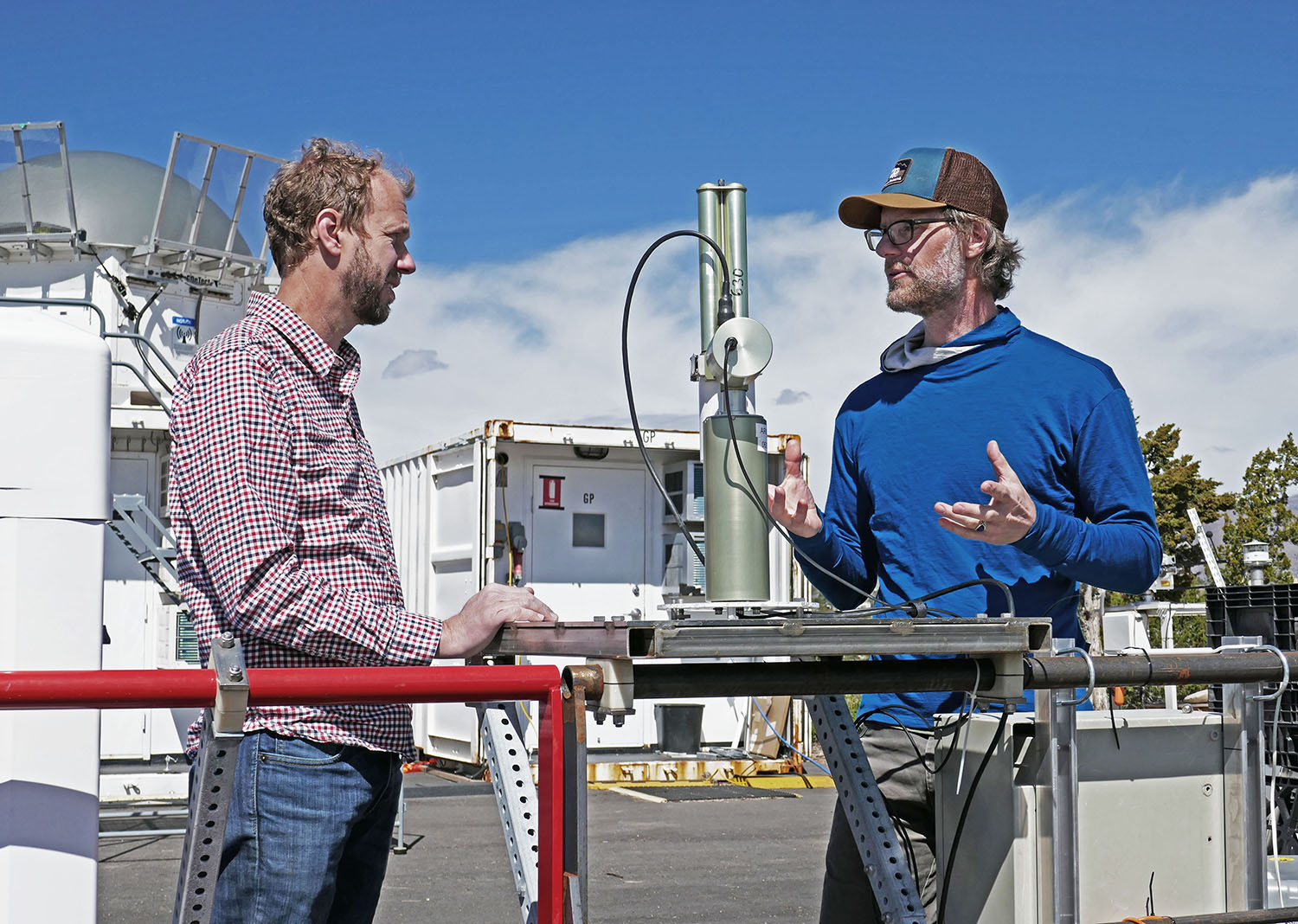

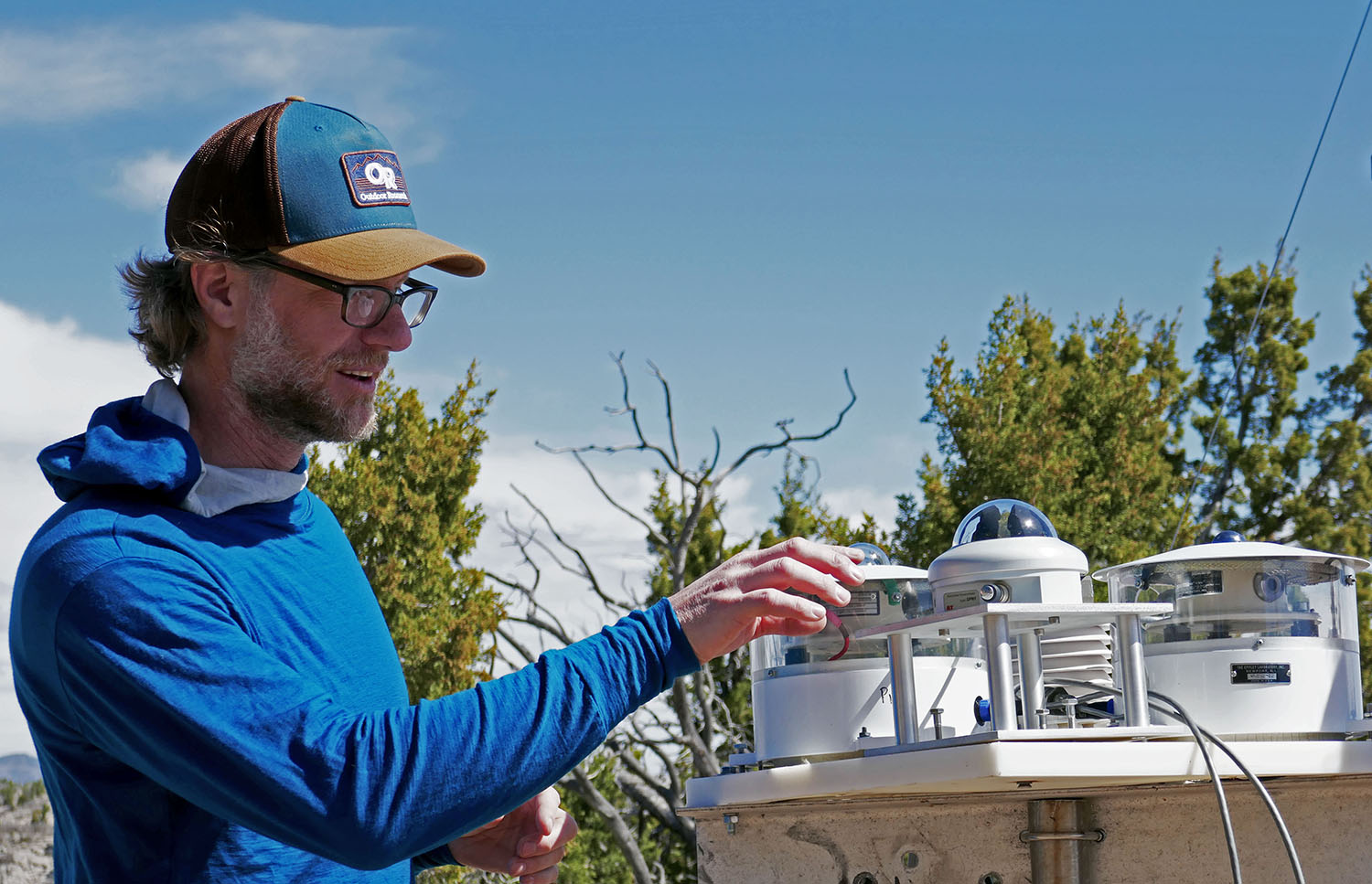
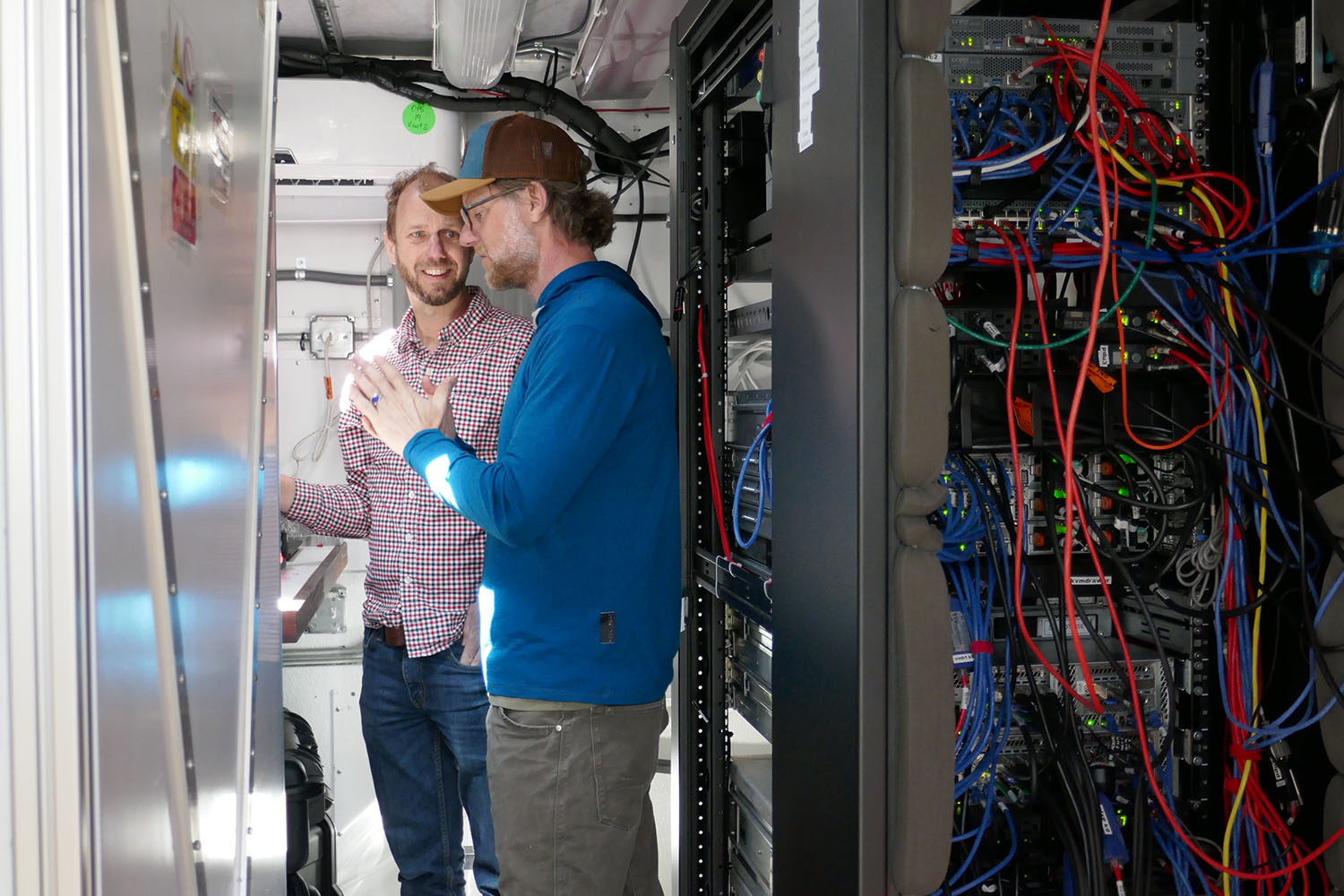
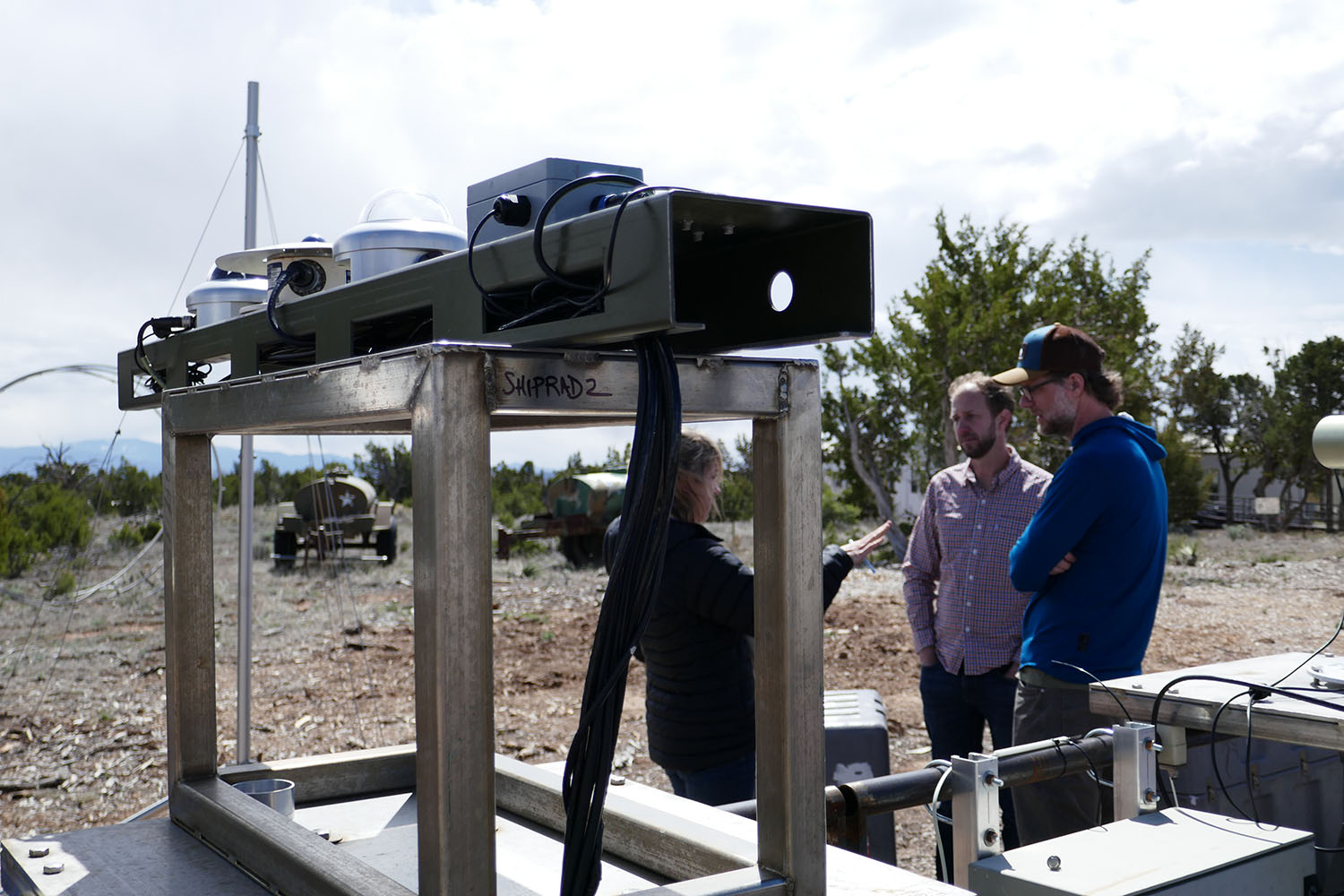
Keep up with the Atmospheric Observer
Updates on ARM news, events, and opportunities delivered to your inbox
ARM User Profile
ARM welcomes users from all institutions and nations. A free ARM user account is needed to access ARM data.


















